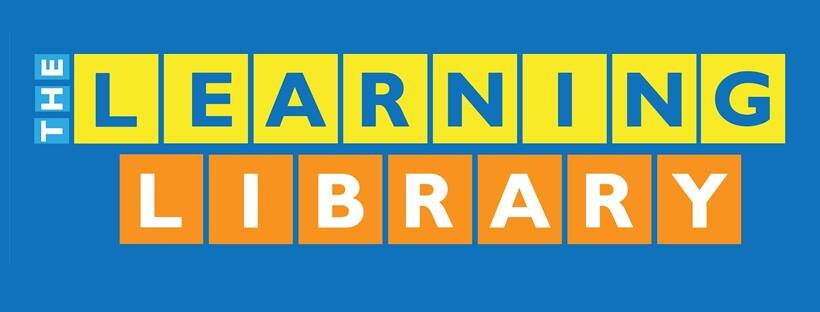My child can understand Filipino but has difficulty speaking it. Why?
By Eunice Torralba, Researcher
Both listening and speaking are fundamental skills that one should have when using a language. Many parents worry that their children have difficulty speaking Filipino even if they can understand it – nakakaintindi pero hindi nakapagsasalita.
To help and better understand your child’s situation, it’s important to learn the difference between receptive and expressive language.
Receptive Language
In the Philippines, there are many children – both in rural and urban areas – whose first and everyday language is English. They grew up in the age of YouTube and Spotify and would very rarely choose local content. Even among playmates, they do not hear or use Filipino.
In learning a language, the foundational building blocks are receptive language skills. This refers to the child’s ability to understand through words, sounds, and gestures, which is why exposure and listening comprehension are essential. Some examples of receptive language skills are understanding vocabulary and conversations, and being able to follow instructions.
To develop receptive language skills, here are some things you can do at home:
Break down your language into chunks
It’s better to start simple before using rare vocabulary and complex sentences so your child will easily understand. Start with the things they see and use every day: you can even label things in your home as visual aids.
The same goes when giving them instructions: don’t give them instructions consecutively, give them time to process and understand.
Use gestures
Using gestures when talking helps children understand better. When giving instructions such as, “Pakikuha ang salamin ko,” try pointing it out so they’ll remember that salamin means eyeglasses.
Have them write down new words
Writing is a fundamental skill that needs to be developed when learning a language. Let your child write down new words so you can correct them. This can help them to remember the words and increase their fluency and vocabulary. Writing is a practice that will lead to good speaking skills. When your child remembers the words because of writing, it will be easier to use them in daily conversations.
If your children can understand Filipino better than speaking it, you need to develop their expressive language skills.
Expressive Language
Strong receptive language skills are crucial in building expressive language skills. Expressive language skills refer to your child’s ability to use words, signs, and gestures to communicate with others. Speaking and writing are essential parts of expressive language. Here are some tips in developing these:
Do storytelling, then ask questions.
Reading Filipino books to your child helps expand their vocabulary; expressive language skills are developed when you ask them to answer questions about it. Equip them with vocabulary if they seem to be looking for the right words to answer you.
For storytelling questions you can ask your child, find a list here.
Let them make mistakes.
When learning a language, it’s fine to make mistakes. The key is patience and encouragement. Never laugh at incorrect pronounciation and let them feel that you are enjoying teaching them.
Say it, then have them repeat it.
When you ask your child a question and they can only reply in English, give them the correct answer and have them echo it back.
Parent: Saan ka pumunta kanina?
Child: Ako punta tindahan. (This is grammatically incorrect.)
Parent: Pumunta ako sa tindahan.
Child: Pumunta ako sa tindahan.
To know more about the differences between receptive and expressive language, check this article here.
Receptive and expressive language skills are ideally developed together, but your child may need more help with the latter. Exposure and constant practice are most critical: your home is the controlled environment where this happens.
Looking for an online Filipino class? The Learning Library’s WIKA’Y GALING! online program provides teacher guidance, access to over a hundred Filipino online storybooks, a learning portal for daily practice in reading and writing. Learn to speak Filipino and sign up for a free assessment here. You may also e-mail us at inquiry@learninglibraries.com or visit our website to know more about Filipino enrichment through our Filipino lessons for kids.

